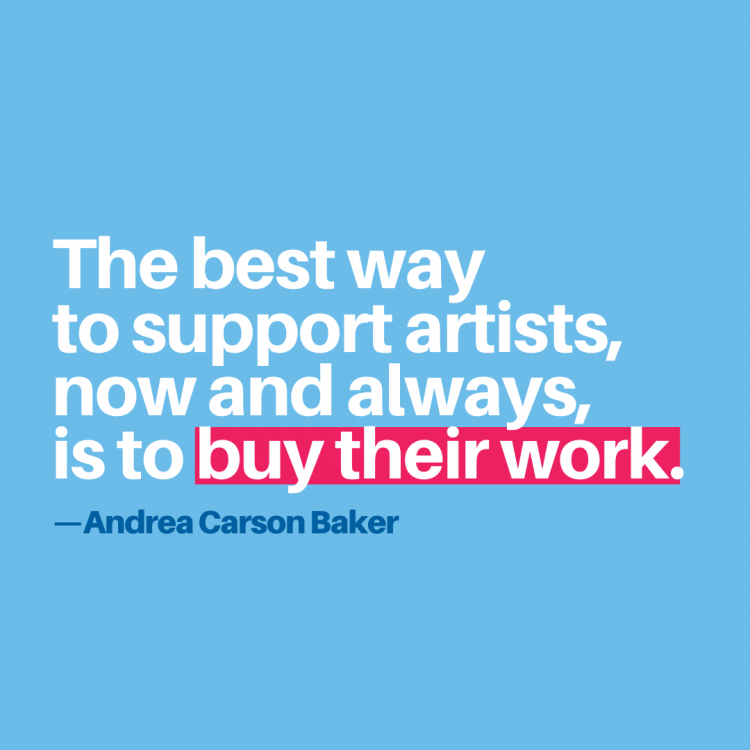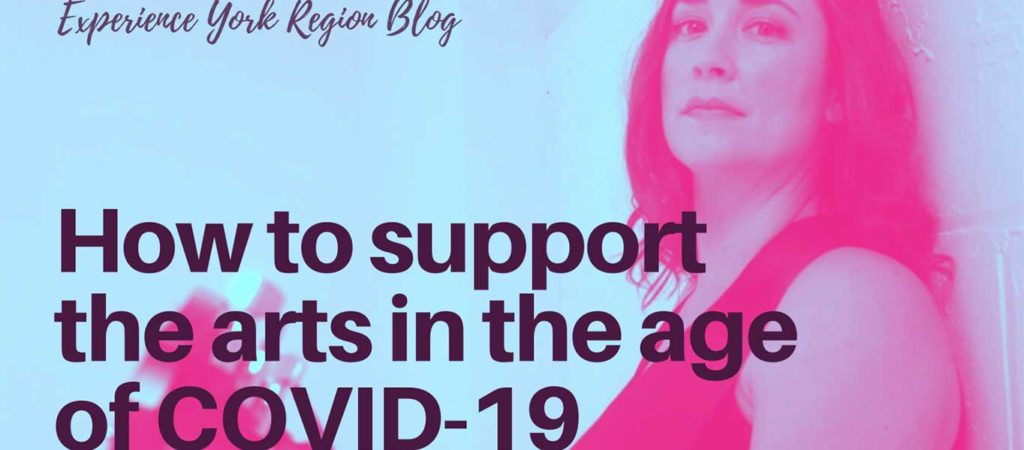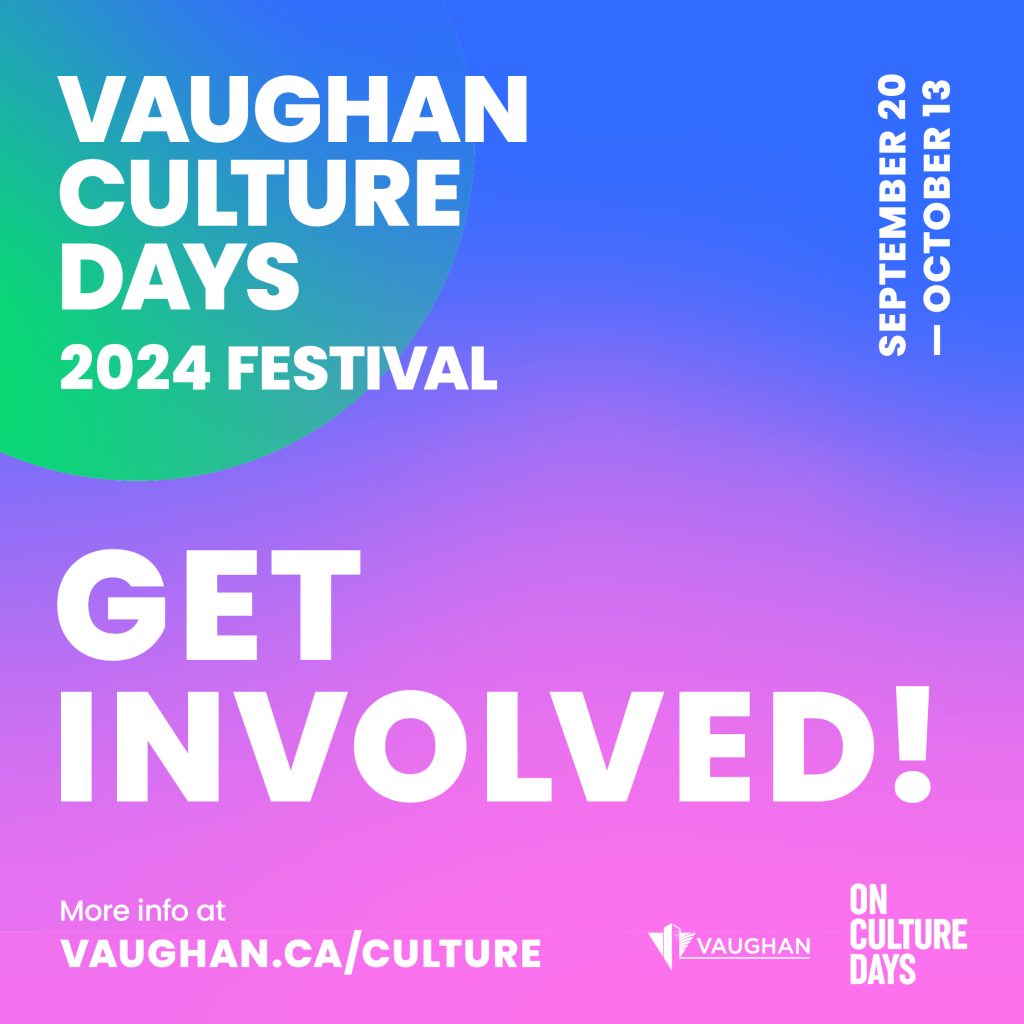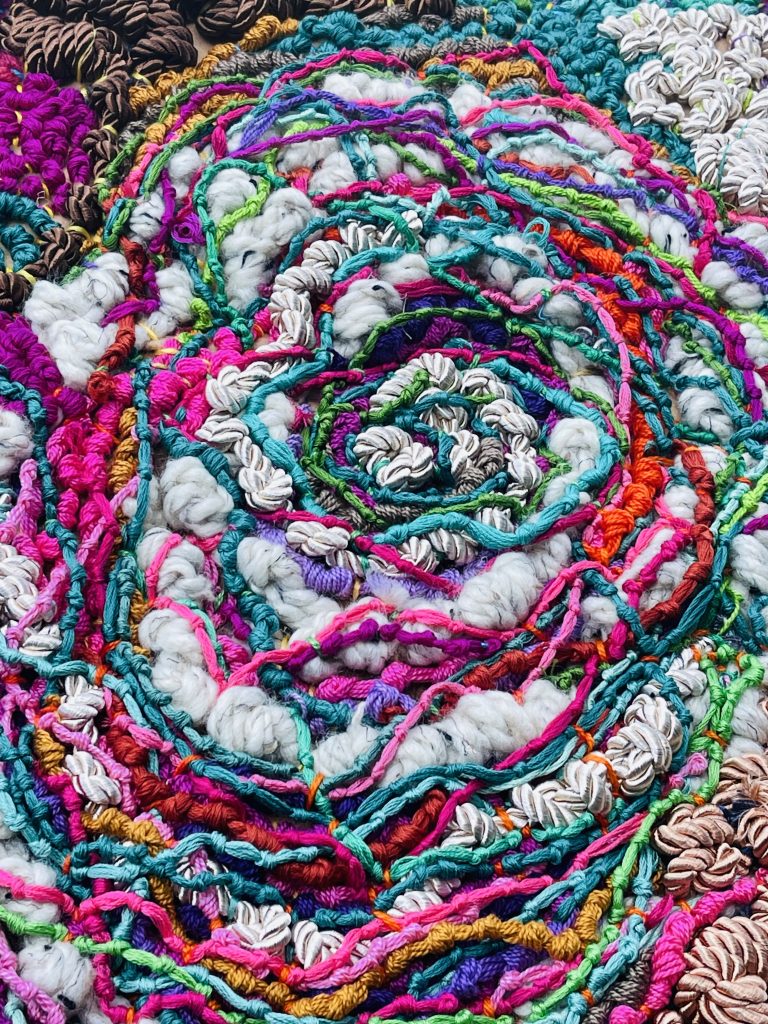In this new age of social distancing, many artists and arts organizations have turned to online channels to reach their audiences. As a result, viewers have gained access to a variety of virtual arts experiences—theatre shows, virtual art exhibitions, streamed music concerts—from the comforts of their own homes. However, while many of us instinctively turned to the arts to get us through these tough times, artists and the arts and culture sector at large are worried about one thing: survival.
“The battle now is not for visitor numbers,” says Ian Dejardin, Executive Director of the McMichael Canadian Art Gallery.
Early in the pandemic, Dejardin and his team took to social media and Zoom to offer virtual tours, lectures, online art classes, and video snippets of the curatorial team offering insights in an online series called McMichael From Home.
While nothing can take the place of the onsite experience, Dejardin says museums that used ticket sales and long lineups as performance indicators will need to re-evaluate their business plans with physical distancing in mind.
“We need real philanthropists now,” says Dejardin. “Sponsorships tend to have been partly transactional in the past. In return for support, museums are usually glad to offer a package of benefits—VIP dinners, private viewing parties, logos on expensive advertising campaigns. Many of these things will be difficult to deliver in the near future.”
Toronto-based singer-songwriter, Claire Coupland says many artists’ livelihoods have taken a big hit since the pandemic began with shows and tours being cancelled. “As we all know, musicians can’t get by on record sales anymore due to the nature of streaming…so this is especially scary for us.”
Amidst the rollercoaster of change and uncertainty, one thing has remained constant: artists have not stopped creating. They have continued to show up for us in our darkest hours, giving us the boost we need to express our emotions, see the light, and to feel connection.
“I think [we turn to the arts] because the arts are inspiring,” says writer and arts supporter Andrea Carson Baker. “Hopefully this pandemic will demonstrate to more people the value of art, the power of art.
Everyone can agree that 2020 has been unconventional at best, but the arts has helped us get through it all. In the age of social distancing, there is simply no better way to ensure the arts’ survival than to pay for it.

Coupland echoes Carson Baker and urges audiences to show their support by paying for music. “If you find an artist you like and have their music on repeat, buy their music!”
You can also show your support by purchasing artists’ prints, merchandise, and gift cards for when things open up again. Check to see if artists have Patreon accounts and give them money in exchange for exclusive memberships or online art classes.
If you can, donate to an arts organization. If money is tight, you can support the arts community in non-financial ways by advocating on their behalf. Sign petitions and write to your elected officials about prioritizing and expanding initiatives that would support the arts sector.
Other easy ways to support artists you admire without spending a penny is to share their work, add them to an online playlist, follow them on social media and subscribe to their channels. You can also fundraise for important causes by linking to Stream to Donate videos on YouTube where all ad revenue generated is donated.
If one thing has been made clear during the past three months, it’s that the arts have proven itself invaluable to the community and we must rally behind it.










